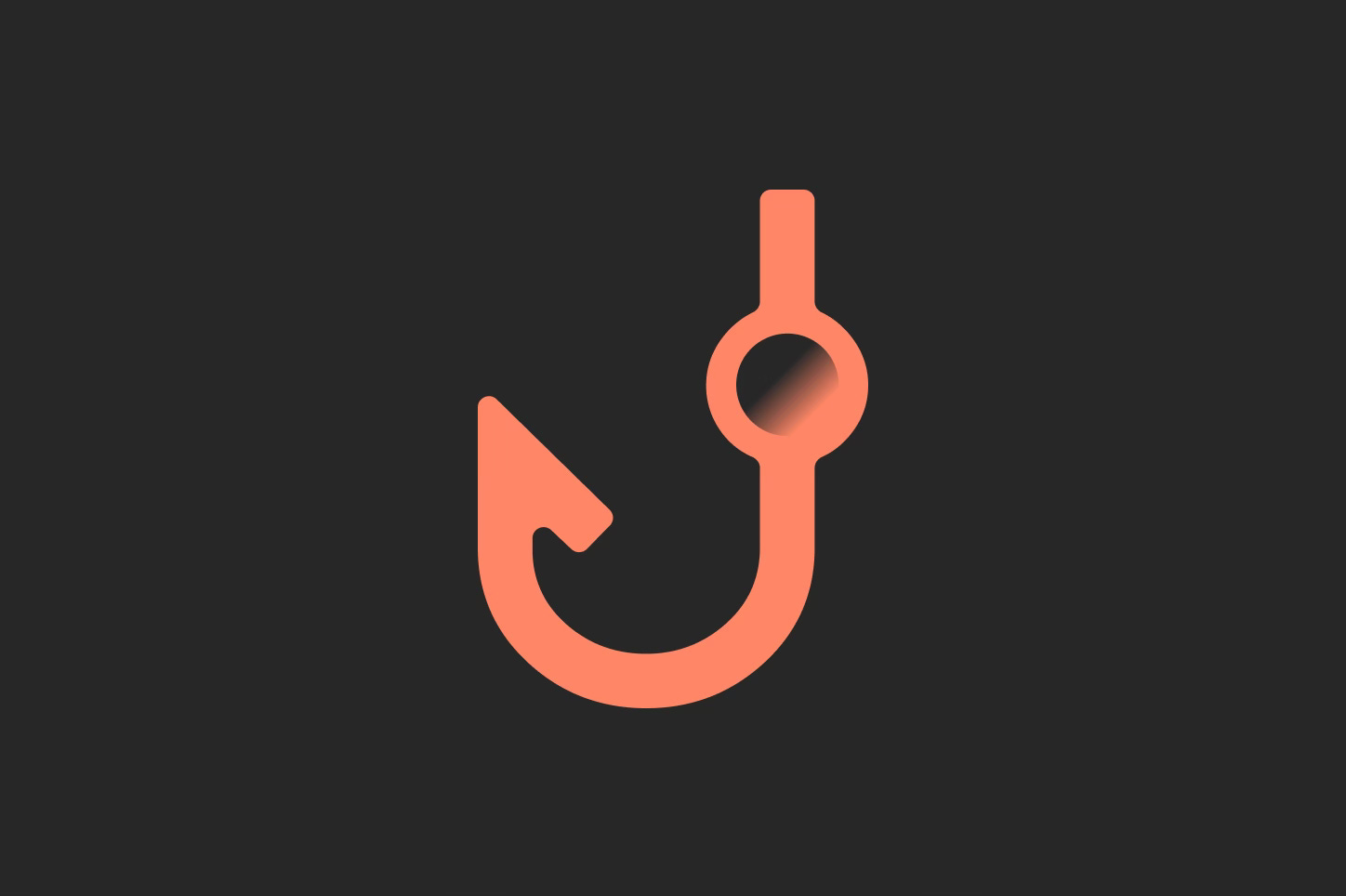Building User Habits with The Hooked Model
#44: How the Hooked Model helps in designing for habit-building and increasing engagement
Welcome to Fundament, a weekly product design newsletter where we share actionable tips and insightful stories with the worldwide design community.
Building User Habits with The Hooked Model
What is The Hooked Model?
It is a framework that helps capture users' attention but, more importantly, builds their habits and engagement with a product. It is based o…
Keep reading with a 7-day free trial
Subscribe to Fundament – Product Design Newsletter to keep reading this post and get 7 days of free access to the full post archives.


